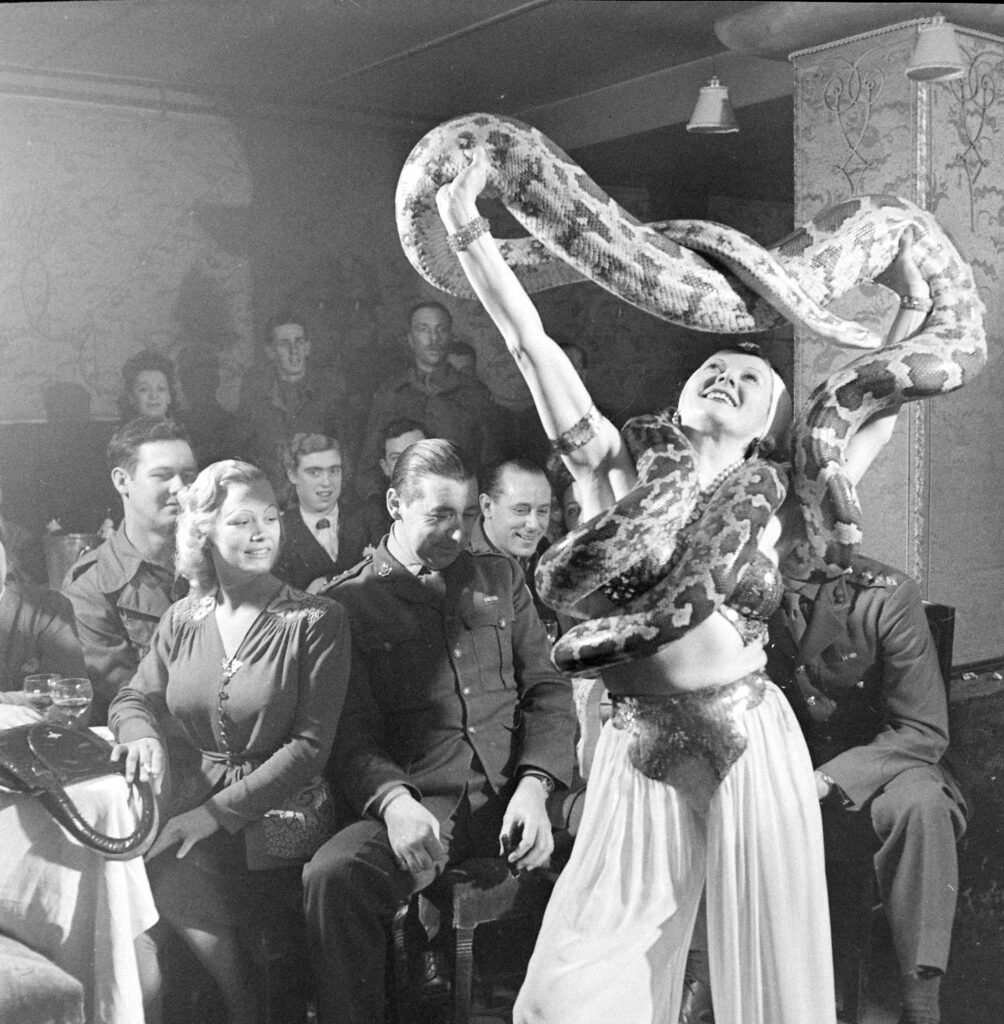Harry Belafonte, entertainer and activist, died on April 25, 2023 of congestive heart failure at age 96.
He appeared many times in the pages of LIFE magazine, both as a performer and as a champion of civil rights. Pictures show him in a variety of settings that give testament to the breadth of his life. He was photographed on stage at the Coconut Grove nightclub, making his acting debut in the film Bright Road, and attending the 1963 March on Washington with Sidney Poitier. And the list goes on of moments in which he shared his joy and his wisdom with American audiences.
LIFE’s feature story on Belafontee from May 1957 gives a sense of how big he was as an entertainer. That story talked about how he had pulled ahead of Elvis Presley in record sales, and the first movie of his three-picture deal with Fox, Island in the Sun, was going to come out the following month. Belftonte achieved his massive success by introducing audiences to calypso music, which he did despite encountering resistance in the music business:
When I started singing the kind of folk music I do now I was told it was too special to get across. But I’d given up the idea of reaching a lot of people. I was trying to express my strong social feelings in terms of folk music, the way people of all nations have historically done. Part of my heritage is West Indian so my interest in their music—calypso—was natural.
That music propelled an amazing journey. Please enjoy this photographic tribute to Harry Belafonte.

Harry Belafonte laughed during Bop City nightclub’s opening night, 1949.
Martha Holmes/The LIFE Picture Collection/Shutterstock

Harry Belafonte in his film debut as a principal in Bright Road, 1952.
John Swope The LIFE Images Collection/Shutterstock

Harry Belafonte singing at a recording session, 1957.
Yale Joel The LIFE Picture Collection/Shutterstock

Harry Belafonte performed at the Coconut Grove nightclub, 1957.
Ralph Crane The LIFE Picture Collection/Shutterstock

Harry Belafonte and wife Julie at Prayer Pilgrimage for Freedom, 1957.
Paul Schutzer The LIFE Picture Collection/Shutterstock

Harry Belafonte singing, 1958.
Robert W. Kelley The LIFE Picture Collection/Shutterstock

Singer Harry Belafonte singing in his apartment, 1958.
Robert W. Kelley The LIFE Picture Collection/Shutterstock

Harry Belafonte playing guitar, 1958.
Allan Grant The LIFE Picture Collection/Shutterstock

Harry Belafonte playing with son David as wife Julie watches.
Martha Holmes The LIFE Images Collection/Shutterstock

Singer Harry Belafonte at a night club in 1960.
Joseph Scherschel The LIFE Picture Collection/Shutterstock

Harry Belafonte and actor Sidney Poitier and folk singer Odetta at a civil rights rally at the Statue of Liberty in 1960.
Al Fenn The LIFE Picture Collection/Shutterstock

Harry Belafonte sightseeing in Israel, 1960.
David Rubinger The LIFE Images Collection/Shutterstock

Anthony Quinn with singers Ethel Merman and Harry Belafonte at President-elect John F. Kennedy’s inaugural ball, 1961.
Alfred Eisenstaedt The LIFE Picture Collection/Shutterstock

Burt Lancaster, Harry Belafonte and Charlton Heston at the Lincoln Memorial in Washington D.C. for a civil rights march, 1963.
Eliot Elisofon The LIFE Picture Collection/Shutterstock

Sidney Poitier and Harry Belafonte at the March on Washington for Jobs and Freedom, 1963.
Francis Miller The LIFE Picture Collection/Shutterstock

Harry Belafonte with Julie Andrews at a party following the Broadway premiere of ‘Sound of Music’. 1965.
Bob Gomel The LIFE Images Collection/Shutterstock

















































































